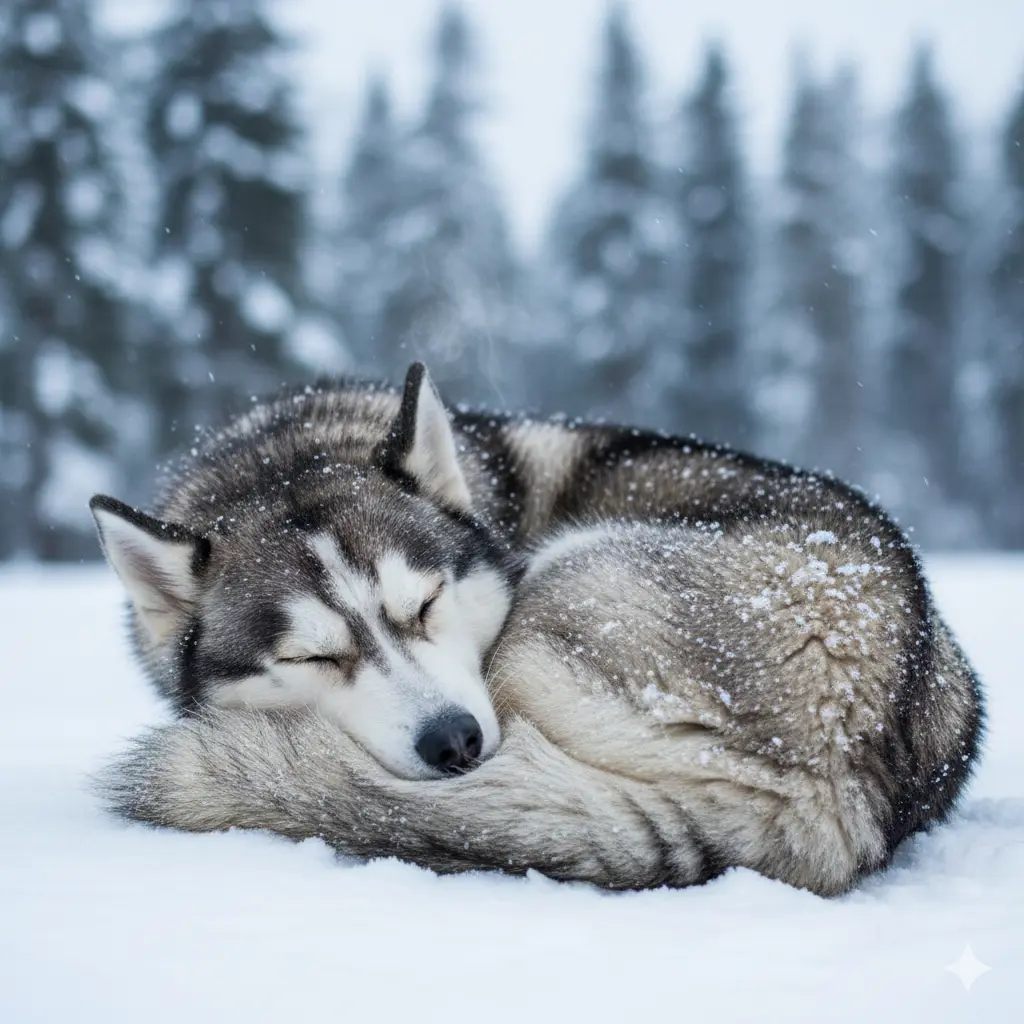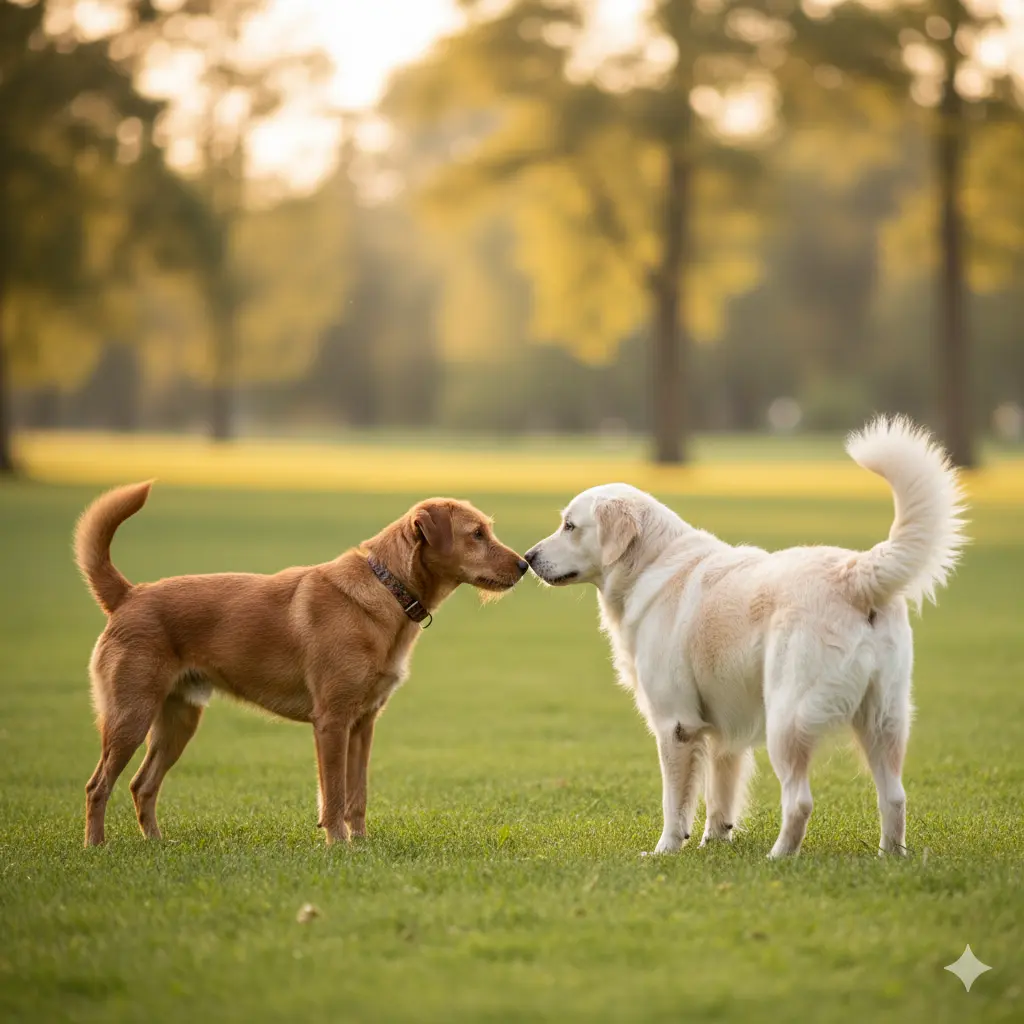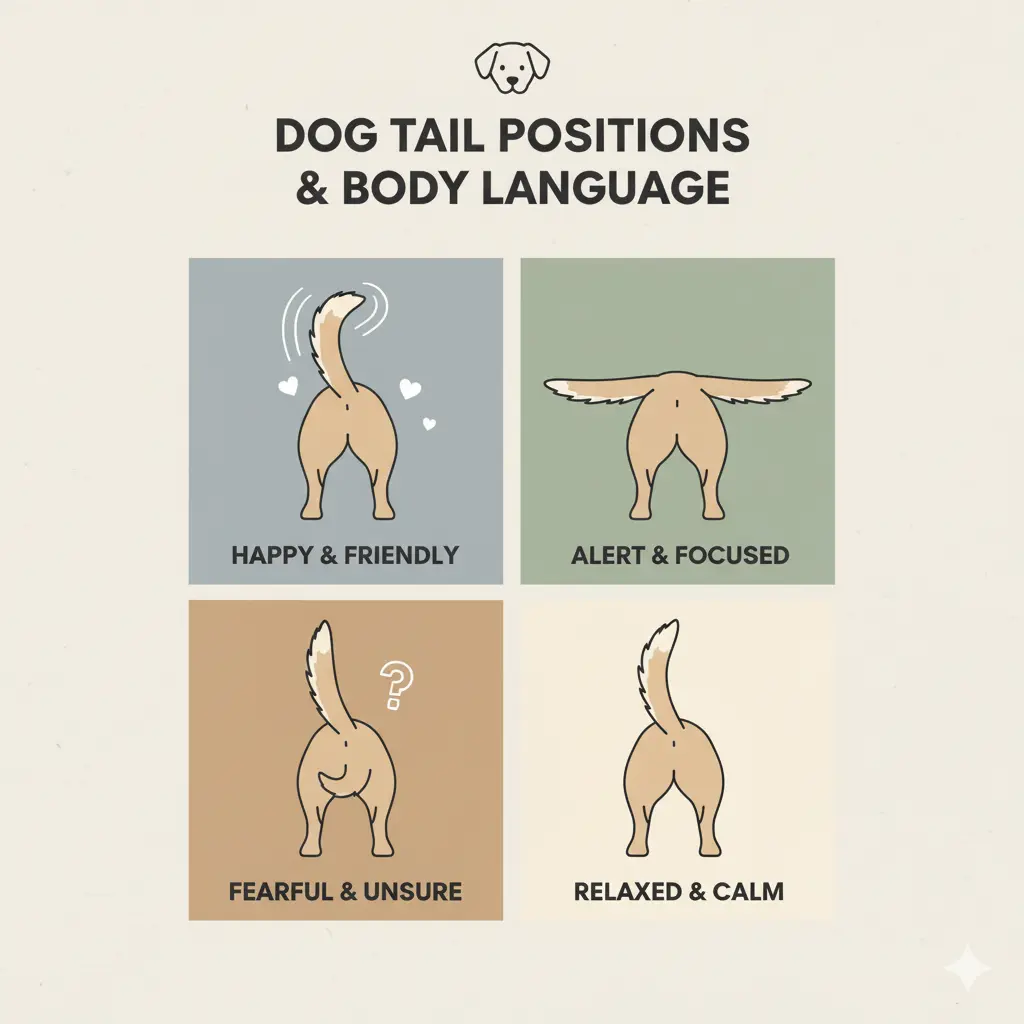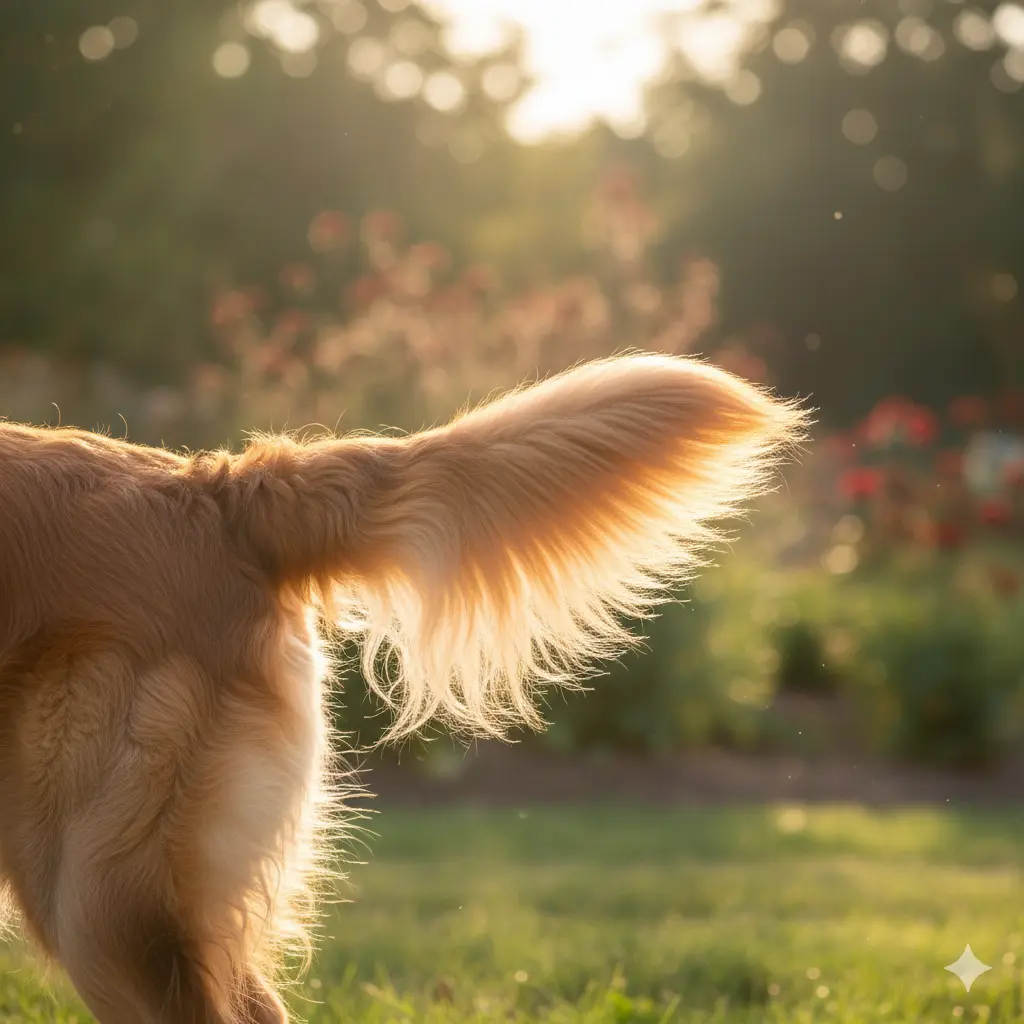Have you ever looked at your dog wagging her tail and wondered, “Why do dogs need a tail?” Tails are one of the most expressive and fascinating features of dogs. From joyful wags to calm swishes, those tail movements often tell an entire story about how your dog feels.
But beyond showing emotions, tails actually serve many practical and biological purposes. In this article, we’ll explore why dogs need a tail, how it helps them in daily life, and what happens if a dog doesn’t have one.
The Anatomy Behind a Dog’s Tail
Before understanding why dogs need a tail, it helps to know what it’s made of. A dog’s tail is an extension of its spine—made up of small bones called vertebrae, surrounded by muscles, nerves, and tendons. These work together to give your dog control over movement, balance, and communication.
This structure is not just for looks—it plays a vital role in how your dog moves, expresses emotions, and even interacts with the world.

Communication: The Tail as a Language Tool
If you’ve ever asked yourself, “Why do dogs need a tail?”, one of the biggest reasons is communication. Dogs don’t use words; they use body language. The tail is a key part of how they “talk.”
Different tail movements and positions express different emotions:
- A fast wag usually means excitement or happiness.
- A slow wag with the tail low can signal caution or uncertainty.
- Tucking the tail between the legs often means fear or anxiety.
- A raised tail might show confidence or alertness.
Your dog’s tail acts as an emotional signal to both humans and other animals. It helps other dogs understand their mood and intentions during play or encounters.
So, the next time you notice tail movement, remember—it’s your dog’s natural way to communicate feelings.
Balance and Movement
Another important reason why dogs need a tail is balance. Dogs use their tails much like tightrope walkers use balance poles. When your dog runs, turns, or jumps, her tail helps her stay steady.
For fast-moving dogs—like Greyhounds, Border Collies, or Huskies—the tail acts as a counterbalance. It prevents them from toppling during quick turns or while catching prey or toys.
Even when walking on uneven ground or climbing, the tail helps adjust posture and provides support. Without a tail, dogs might lose some stability during athletic movement.

Coordination and Agility
Closely related to balance, coordination is another reason why dogs need a tail. Think of how a dog curves her tail when running at full speed or spinning during play. That subtle movement improves agility and control.
In breeds designed for hunting, herding, or working, tails help manage quick body turns and maintain motion fluidity. It’s a small but essential part of many breeds’ physical performance.
Social Interaction and Emotional Expression
If you’re wondering why dogs need a tail, remember that tails are emotional storytellers. Dogs use them not only to communicate with people but also to interact socially with other dogs.
When meeting a new dog, tail position can signal friendliness or establish boundaries. A relaxed wag shows that a dog means no harm, while a stiff, high-held tail might indicate dominance.
These subtle cues help dogs avoid conflict, maintain harmony, and express their social roles. Your dog’s tail is like her emotional antenna—it sends signals that build better understanding between dogs and humans alike.

Temperature and Pest Control
Though less common knowledge, another answer to “why do dogs need a tail” lies in comfort and protection. In some cases, tails act as natural tools for controlling body temperature or swatting away insects.
For example, breeds living in cold regions, like Huskies or Malamutes, often curl their tails around their noses while sleeping to keep warm. In contrast, dogs in warmer areas use their tails to flick away pests like flies and mosquitoes.
These instincts show how practical a dog’s tail can be beyond communication and balance.
Different Tail Types and Their Function
Not every dog’s tail looks or works the same way. Yet, each tail reflects something about the breed’s history and purpose. Understanding tail shape can shed more light on why dogs need a tail:
- Curly tails (like Pugs and Shibas): Often used for compact balance and body control.
- Long tails (like Retrievers): Help with swimming and guiding direction in water.
- Short tails (like Bulldogs): Provide limited balance but still aid expression.
- Feathered tails (like Setters): Help with warmth and balance in different terrains.
Each tail design evolved naturally to support a specific lifestyle or working need.

What Happens if a Dog Doesn’t Have a Tail?
Some dogs are born without tails (natural bobtails), while others have docked tails for traditional or medical reasons. So how does this affect them—and is that connected to why dogs need a tail?
Dogs without tails can still live normal, healthy lives. However, they may face challenges with balance or communication. Other dogs often have trouble “reading” tail-less breeds, which might lead to misunderstandings during social interaction.
This doesn’t mean tailless dogs are unhappy—it just shows how vital tails are for natural canine behavior and body language.
you may like – Life Expectancy of Dog with High Liver Enzymes | Causes, Treatment & Care
Health Issues Related to the Tail
Understanding why dogs need a tail also means knowing how to keep it healthy. The tail is sensitive and prone to injuries like fractures, infections, or “limber tail”—a temporary muscle strain common in active or swimming dogs.
If your dog’s tail suddenly droops, swells, or becomes painful, you should consult a vet. Proper rest, gentle handling, and timely medical care can prevent long-term issues.

Emotional Connection Between Dogs and Their Tails
Over time, you’ll notice how much your dog’s tail reflects her mood and energy. Whether wagging with excitement when you return home or tucking in nervousness during a storm, that movement connects you emotionally.
That emotional feedback loop is another reason why dogs need a tail—it bridges communication between species and strengthens your bond as owner and companion.
Conclusion
So, why do dogs need a tail? The answer is simple yet meaningful. A dog’s tail plays key roles in communication, balance, coordination, and comfort. It’s an essential tool that supports emotional expression, social connection, and physical agility.
Every wag tells a story. By paying attention to your dog’s tail, you not only understand her better but also strengthen your relationship.
The next time your dog wags her tail with joy—remember—it’s not just movement. It’s a language of love, comfort, and trust spoken directly to you.
Share To Help